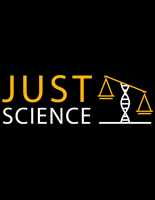Study of Familial DNA Searching Policies and Practices: Case Study Brief Series
Date Published
June 2017
Agencies
NIJ-Sponsored
Publication Type
Report (Technical Assistance),
Report (Study/Research),
Report (Grant Sponsored),
Legislation/Policy Description


